Historic River Bridges That Built Cities
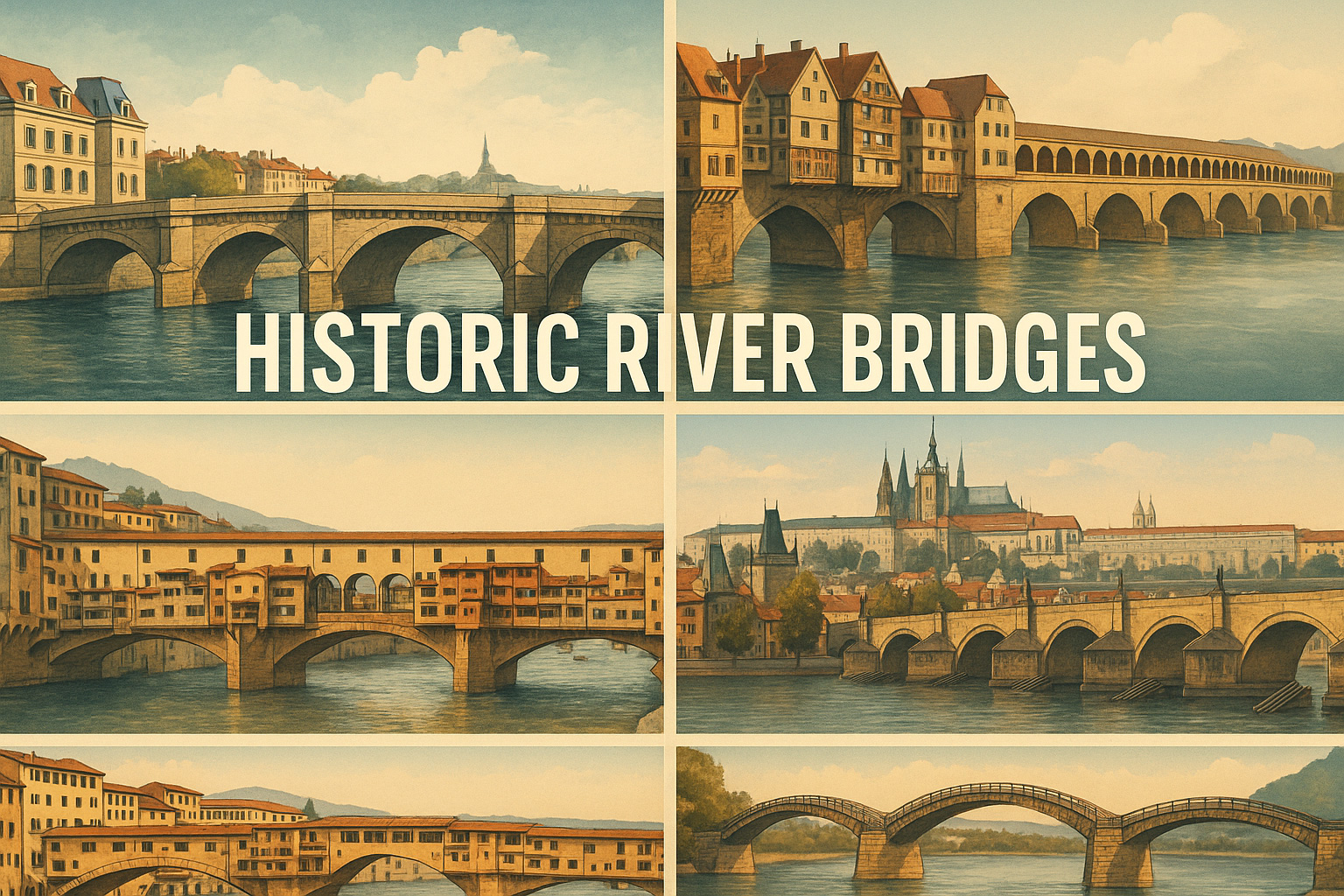
Explore how historic river bridges like Paris’ Pont Neuf and Florence’s Ponte Vecchio shaped civilizations as social, commercial, and cultural hubs.
Across continents and centuries, some bridges became more than just stone and steel. They turned rivers into crossroads of power, culture, and everyday life. In cities like Paris, Florence, London, Isfahan, and Prague, river bridges didn’t merely connect one side to another—they connected people to ideas, goods, and destinies.
🏙️ Bridges as Urban DNA
The right bridge could birth a neighborhood—or an empire. In the days before city planning, bridges often became the first fixed architecture over a river, anchoring development in an otherwise flowing world. Many were lined with shops, homes, and markets, functioning as miniature cities suspended over water.
🇬🇧 London Bridge (Medieval Era)
“A City on the Bridge”
For over 600 years, London Bridge was more than a crossing over the Thames—it was a self-contained settlement. Built in the 12th century, the stone bridge supported over 200 buildings, including homes, chapels, and businesses. It was narrow, noisy, and crowded—a medieval marvel and a logistical nightmare.
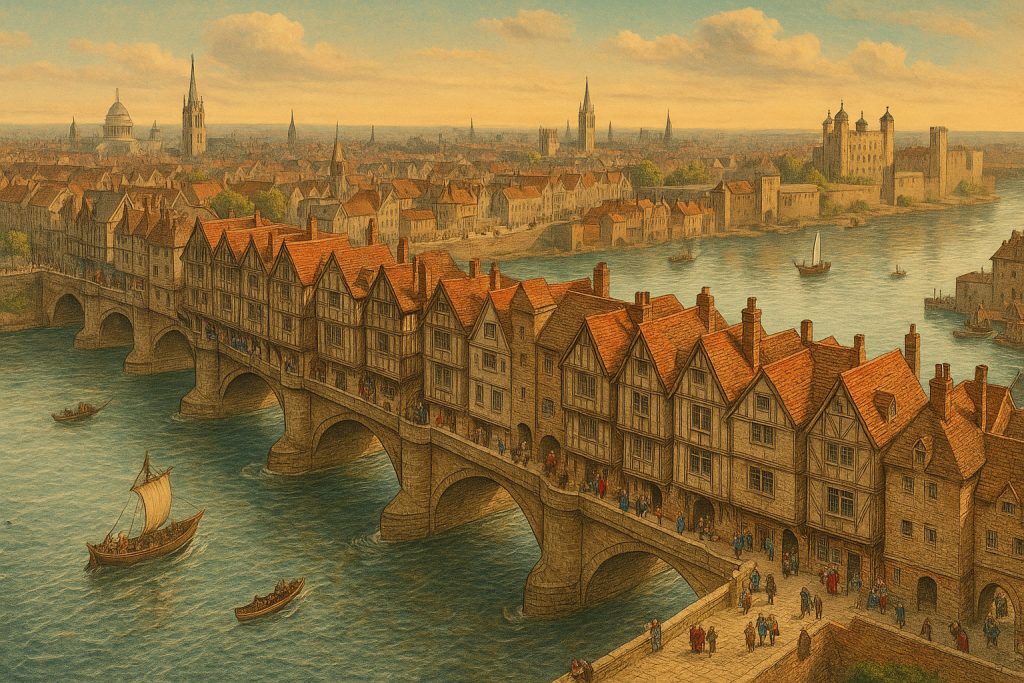
🛶 The river bustled below with boats. Above? Bakers, fishmongers, and barbershops—all stacked on a 26-foot-wide bridge.
“You could live, shop, pray, and die all without leaving the bridge.”
🇫🇷 Pont Neuf, Paris
“The Social Stage of the Seine”
Completed in 1607, this was the first Paris bridge built without houses—an innovation that opened space for the public spectacle of city life. Street performers, book vendors, and political pamphleteers turned it into Paris’s favorite promenade.
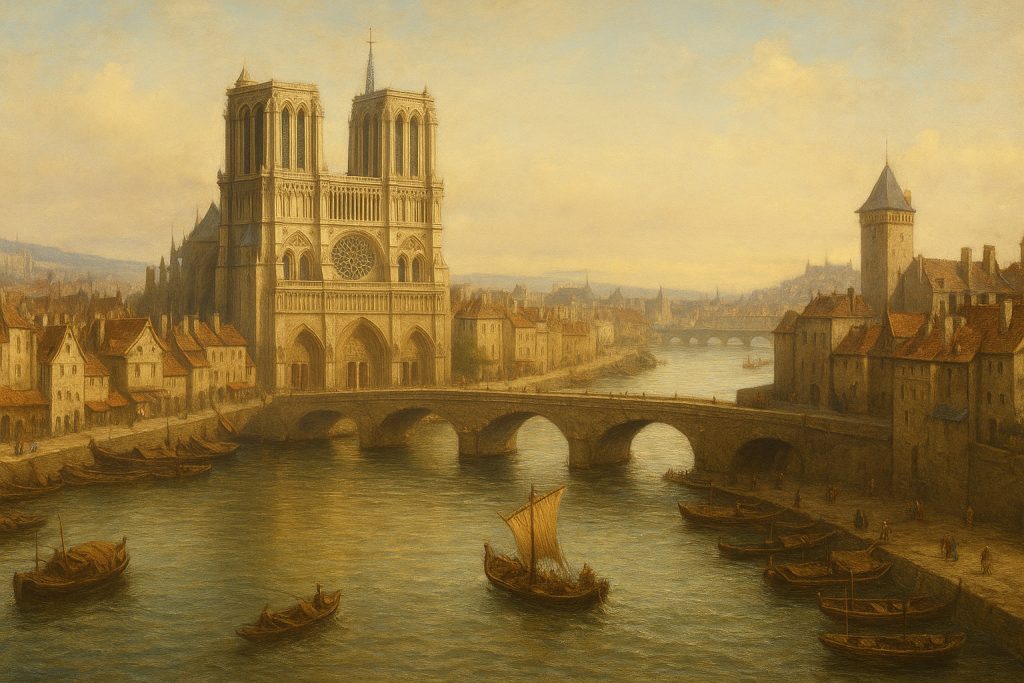
🌉 Ironically, its openness made it more social than the enclosed bridges it replaced.
🇮🇹 Ponte Vecchio, Florence
“The Jewel Bridge”
Built in 1345, this is Europe’s oldest stone segmental arch bridge still in use. Once packed with butchers (whose waste fouled the Arno), the bridge was later reserved for goldsmiths—a transformation ordered by the Medici. Today it’s a shimmering corridor of jewelry shops.

👑 Overhead, the Medici’s private Vasari Corridor connected palace to city hall—power moving invisibly above the heads of the crowd.
🇨🇿 Charles Bridge, Prague
“Gothic Grandeur Over the Vltava”
Commissioned in 1357, this spectacular Gothic bridge connected Prague Castle with the Old Town. Over time it gained 30 baroque statues, becoming both a religious and royal parade route. The bridge was a symbolic spine of Bohemia—through war, flood, and empire.
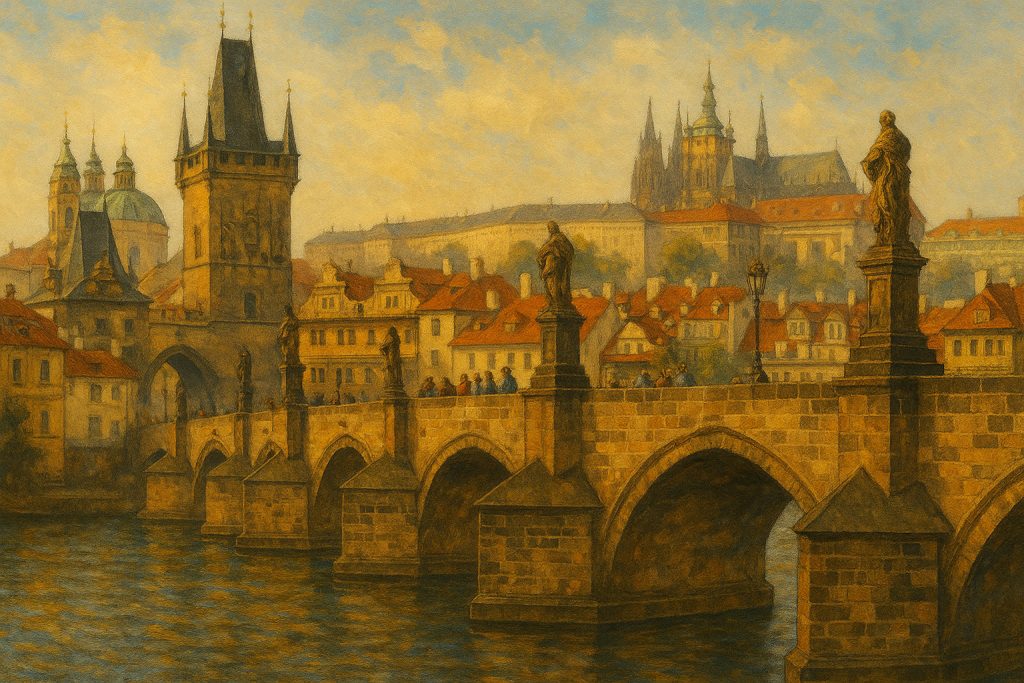
🎻 Today it’s alive with artists, buskers, and tourists—but the same stones once carried kings.
🇮🇷 Si-o-se-pol, Isfahan
“33 Arches of Persian Elegance”
Completed in 1602, this Safavid-era bridge spans the Zayandeh River with 33 beautiful arches. But it’s more than architecture—it was used as a tea garden, pavilion, and public gathering place. On hot nights, locals still walk beneath its cool stone arcades.
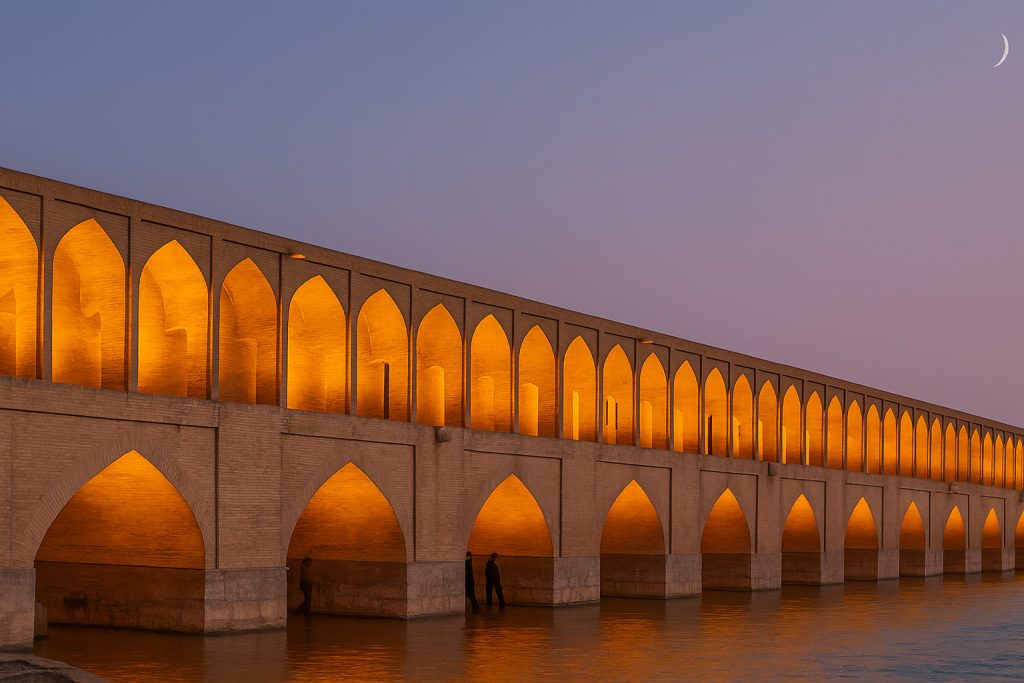
🌙 A bridge of poetry, not just passage.
🇯🇵 Kintai Bridge, Iwakuni
“Arching Over Time”
First built in 1673, this multi-arched wooden bridge crosses the Nishiki River and was designed to resist floods—a constant threat in the region. Its elegant form and craftsmanship reflect Japan’s harmony with nature and precision in public design.
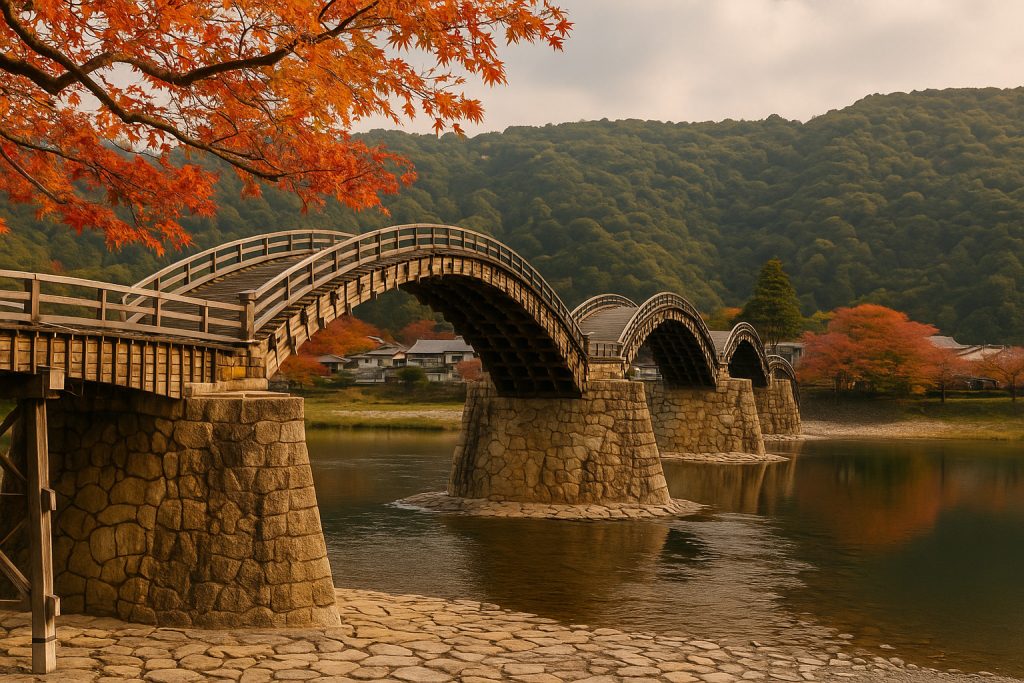
🍁 A bridge so picturesque it inspired haiku and paintings across centuries.
🌍 The Bridge as a World-Binder
From medieval commerce to imperial display, bridges transformed riverbanks into cultural cores. They weren’t just routes—they were destinations, influencing urban form, daily life, and even identity.
Rivers gave cities life. Bridges gave them shape.



